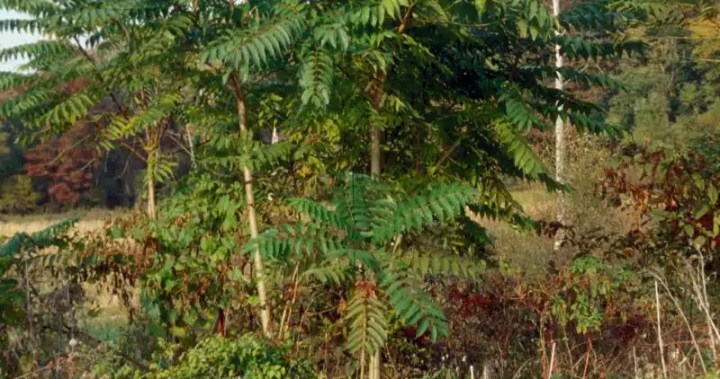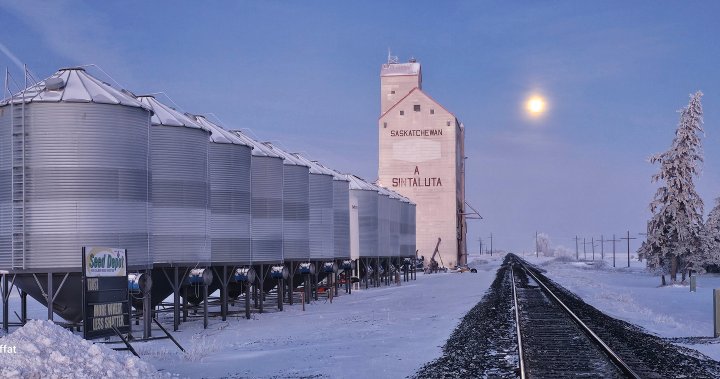Despite its name, the popular Tree of Heaven may be hellish for Okanagan agriculture.
The Regional District of Central Okanagan is being asked to follow the lead of the City of Kelowna and add it, as well as the Siberian Elm and Russian Olive trees, to its list of invasive species, meaning landowners can be ordered to remove the plant from their property or face a penalty.
“These invasive trees were brought in from Eurasia, they spread rapidly, releasing toxic chemicals into
the soil to deter other plant species,” reads a report going to the regional district board this week.
“They all produce by seed, by division and can sprout nearly anywhere. They are tolerant of a wide range of environmental conditions and have no disease problems.”
Unlike the other two trees that have proven popular with gardeners, the Tree of Heaven is the preferred host for an invasive species that has not yet arrived in B.C., the spotted lanternfly.
“This large black and red spotted insect has established itself in over 11 states in the USA and at least two states bordering Canada,” reads the report.
The email you need for the day’s
top news stories from Canada and around the world.
The email you need for the day’s
top news stories from Canada and around the world.
In April of 2023, the spotted lanternfly was found near the Ontario Niagara wine-growing region but has not yet jumped the border.
“These extremely hazardous pests cause widespread damage by feeding on plant sap and travelling
between host plants such as grapes, apple, and other stone fruit trees,” the regional district report reads.
“If the spotted lanternfly finds its way to B.C., and the preferred host, the Tree of Heaven, is found in these important agricultural areas, the likelihood of this insect establishing itself here increases tremendously. This would lead to significant impacts to B.C.’s grape, fruit tree and forestry industries.”
The regional district report indicates that these insects could devastate entire vineyards, which reportedly could cost upwards of $45,000 an acre to replant.
“Vineyards in Pennsylvania have experienced 45 per cent to 100 per cent loss of wine grape crops, such as Pinot Noir and Chardonnay, since the initial detection of spotted lanternfly in 2014,” reads the report.
“Insecticide application in some vineyards and orchards in the affected areas have gone from four applications per season to up to 14 applications, increasing industry expenditures and potential costs to the environment.
If the spotted lanternfly were to arrive in Canada, Ontario’s $4.4 billion wine industry and $4.2 billion fruit and vegetable crops would both be at risk.
© 2024 Global News, a division of Corus Entertainment Inc.




